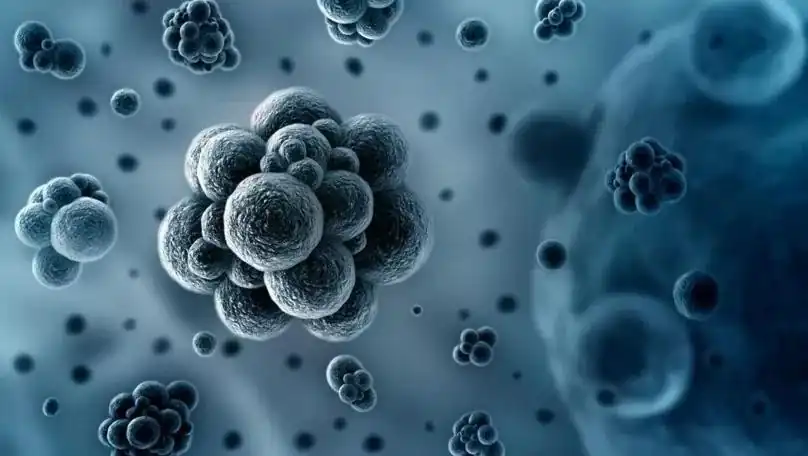Messi Biology states that in numerous fields such as environmental pollution control, food processing, and pharmaceutical preparation, adsorption separation technology plays a crucial role. When we talk about adsorbent materials, activated carbon, molecular sieves, etc., might be well-known. However, a seemingly ordinary inorganic compound – magnesium oxide (MgO) – is quietly becoming a “dark horse” in the adsorption field due to its unique and powerful adsorptive properties.

Magnesium Oxide’s Adsorption Mechanism: The Synergistic Effect of Physical and Chemical Processes
Magnesium oxide’s adsorption capacity stems from its unique surface characteristics and chemical reactivity, primarily manifested in two aspects:
1. Physical Adsorption
Magnesium oxide typically possesses a high specific surface area and rich pore structures. Especially nano-magnesium oxide, its specific surface area can reach 100-300 m²/g, or even higher (for comparison, ordinary activated carbon is approximately 500-1000 m²/g). The enormous specific surface provides abundant adsorption sites, allowing for the adsorption of gas molecules (such as CO₂, SO₂) or organic pollutants via Van der Waals forces.
2. Chemical Adsorption and Reactive Adsorption
This is magnesium oxide’s most distinctive advantage. Its surface alkaline sites (e.g., O²⁻, OH⁻) can interact strongly with acidic substances:
- When adsorbing acidic gases (such as SO₂, CO₂), magnesium sulfate or magnesium carbonate will be formed;
- When adsorbing dyes or heavy metal ions, immobilization can be achieved through surface complexation or precipitation (e.g., Mg(OH)₂).
This “adsorption + transformation” mode makes desorption difficult, leading to more lasting treatment effects.
Why is Magnesium Oxide an Excellent Adsorbent? Four Core Advantages
1. Selective Adsorption of Acidic Substances
It demonstrates extremely high affinity for acidic pollutants like SO₂, NOx, and HCl, making it particularly suitable for flue gas purification or acidic wastewater treatment.
2. High-Efficiency Decolorization and Heavy Metal Removal Capabilities
In dye wastewater, it can adsorb anionic dyes (e.g., Congo Red) and destroy chromophores; simultaneously, it can capture heavy metals such as Pb²⁺, Cd²⁺, and Cu²⁺ by forming hydroxide precipitates.
3. Antibacterial and Moisture-Proof Properties
Due to its alkaline surface, it can inhibit the growth of mold and bacteria, and is often used in moisture-proof and preservation packaging for food and pharmaceuticals.
4. Environmentally Friendly and Regenerative Potential
After adsorption saturation, some can be calcined for regeneration, reducing solid waste generation.
Technical Challenges: Balancing Specific Surface Area, Activity, and Stability
The adsorption performance of magnesium oxide largely depends on three indicators:
- Specific surface area: Determines physical adsorption capacity;
- Surface activity: Affects chemical adsorption efficiency;
- Structural stability: Prevents pore collapse or sintering deactivation during use.
Traditional magnesium oxide often suffers from unstable adsorption performance due to issues such as particle agglomeration, non-uniform pore structure, or hardening upon moisture absorption.
Hebei Messi Biology Co., Ltd.: A Leader in High-Adsorption Magnesium Oxide
Addressing industry pain points, Hebei Messi Biology Co., Ltd., relying on its independently developed preparation processes, has launched a series of high-performance magnesium oxide products specifically for adsorption, with outstanding advantages:
1. Multi-Level Pore Structure Design
Utilizing template methods and controlled calcination technology, a “macropore-mesopore-micropore” composite pore structure has been constructed. Macropores provide transport channels, while mesopores and micropores enhance the specific surface area (up to 380 m²/g), improving adsorption efficiency by over 50% compared to ordinary products.
2. Surface Modification for Enhanced Selectivity
Through doping and functional group modification, the distribution of surface acid-base sites is controlled:
- Environmental-grade products: Strengthened ability to capture acidic gases and heavy metals;
- Food-grade products: Enhanced selectivity for adsorbing moisture and odor molecules.
3. Nanoscale and Dispersion Technology
Average particle size can be controlled within the 50-500 nanometer range, and aggregation is inhibited through surface coating, ensuring full exposure of adsorption sites.
4. Customized Application Solutions
Optimized models are provided for different scenarios:
- Flue gas adsorption: High activity, high sulfur capacity, for power plant desulfurization;
- Water treatment adsorption: Combines flocculation and decolorization functions, suitable for printing and dyeing wastewater;
- Food preservation: Low alkalinity, high humidity adsorption, used as desiccants and preservatives.
As adsorption standards rise and demand for special scenarios (such as nuclear wastewater treatment, VOCs purification) increases, magnesium oxide adsorbent materials are developing towards intelligence and functionalization. Hebei Messi Biology Co., Ltd. is currently developing “magnetic magnesium oxide composite materials” and “pH-responsive adsorbents” to achieve precise control of adsorption-separation-regeneration. Magnesium oxide is like an invisible sponge, quietly yet powerfully guarding the front line of environmental and health protection. Behind this, innovative enterprises like Messi Biology are using the power of technology to transform nature’s bounty into keys for solving problems.
